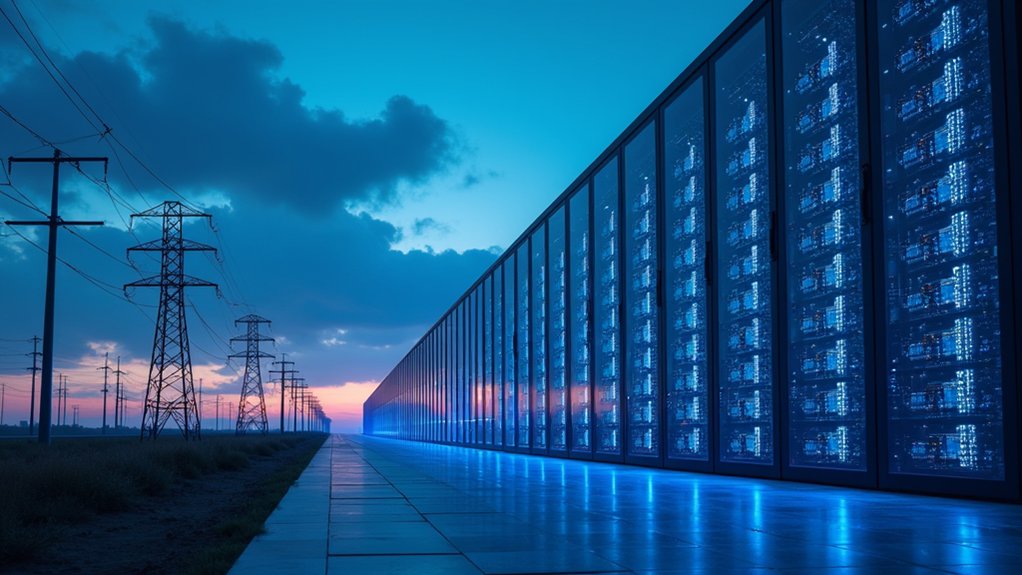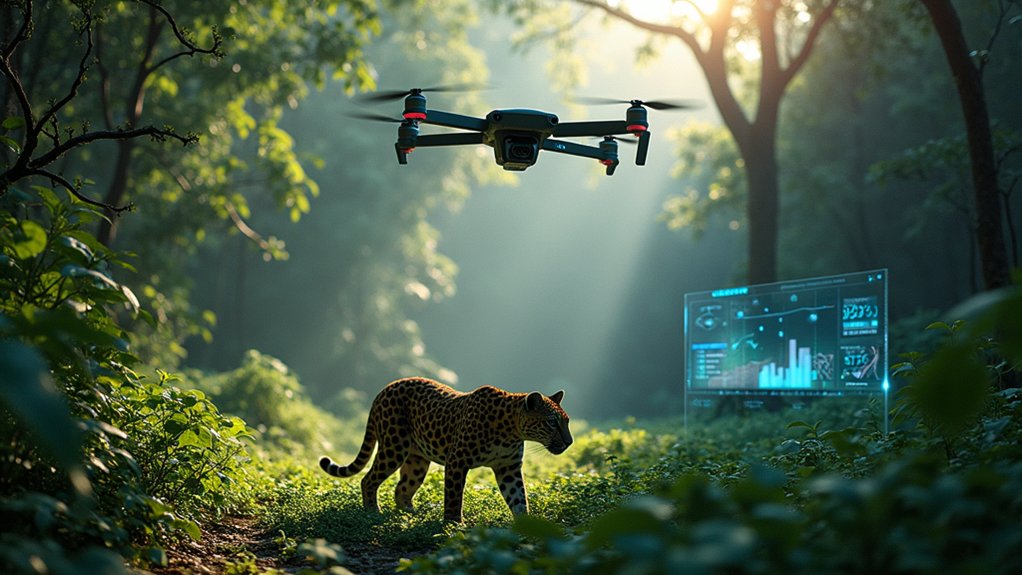While experts debate the exact numbers, there’s no denying AI’s explosive trajectory. The global AI market sits somewhere between $279 billion and $638 billion in 2024, depending on who you ask. Either way, it’s massive. And growing fast. Really fast. We’re talking about hitting anywhere from $1.34 trillion to a whopping $4.8 trillion within the next decade. That’s not just growth—that’s economic steroids.
AI isn’t just growing—it’s exploding from billions to trillions in a decade. Economic steroids, indeed.
The impact? Potentially $15.7 trillion added to global GDP by 2030. Let that sink in. AI could boost global GDP by 7% annually over the next decade. Your company probably wants a piece of that pie—83% of businesses now list AI as a top priority. Why wouldn’t they? Over half are already using it, mostly for customer service, cybersecurity, and those annoying digital assistants that never quite understand what you’re asking.
But this revolution comes with costs. Power-hungry AI is eating electricity like it’s going out of style, with computational needs doubling roughly every 100 days. Data centers will more than double their electricity consumption by 2030. That ChatGPT query you just ran? It used about 10 times more energy than a Google search. Progress isn’t free, folks. Netflix alone generates one billion dollars annually from its AI-driven recommendation systems.
Jobs are changing too. Up to 40% of jobs globally could be affected by AI. Sure, the IMF says it’ll hit advanced economies harder (60% of jobs), but even low-income countries will see impacts (26%). The robots aren’t necessarily taking over though—while 85 million jobs might disappear, AI could create 97 million new ones. Net gain: 12 million. Not too shabby.
Deep learning dominates the AI landscape with 37.4% market share, but watch out for context-aware AI—it’s the fastest-growing segment. Why? People like when their machines pretend to understand them. By 2028, agentic AI will be integrated into a third of enterprise software applications, transforming how businesses operate.
Funny how our digital future looks both incredibly bright and slightly terrifying at the same time.

